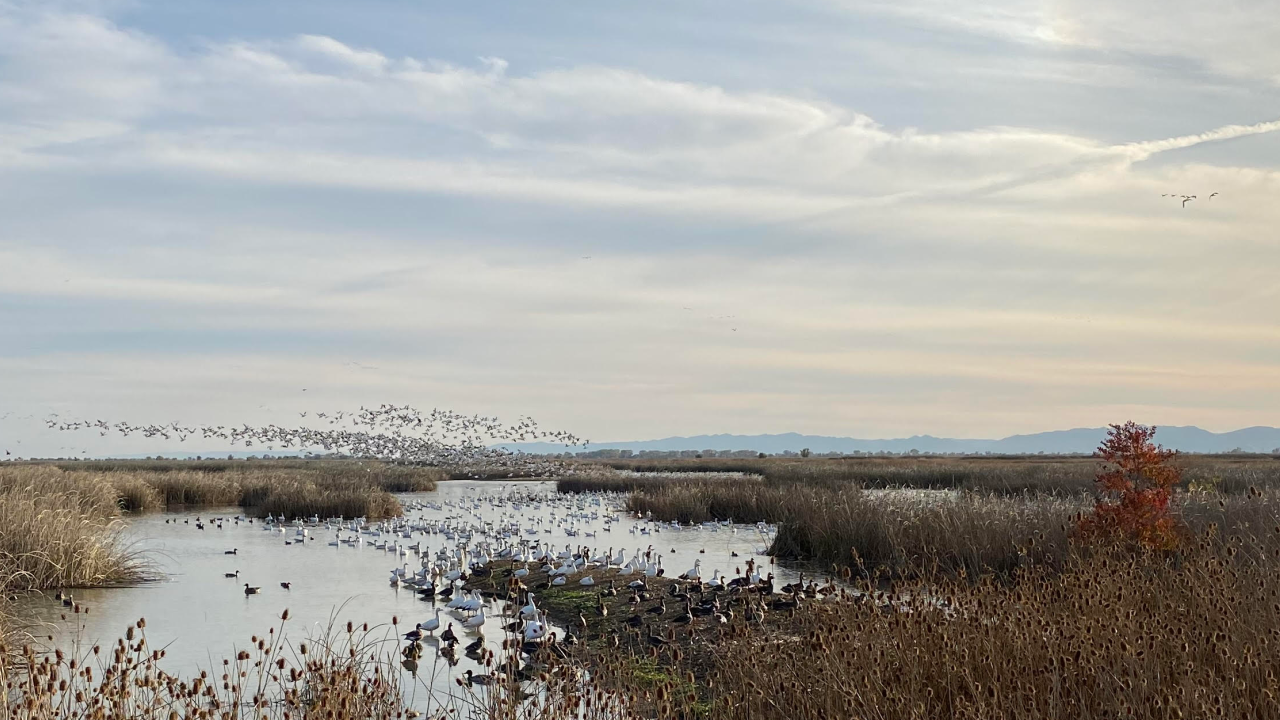
Bird communication and traffic noise
Communication plays a central role in the lives of animals, allowing them to defend territories, find mates, and coordinate with offspring and group members. To be effective, animal signals must be detectable in the acoustic, visual, vibratory, and chemical environment in which they are used. Signals may lose their efficacy if the environment changes rapidly due to industrial and urban developments, which may favor plastic responses by individual animals or rapid evolutionary change. Understanding which species can and do adapt to noise is important for better predicting the impacts of human encroachment into natural areas. Near UC Davis, wetland habitats rich in bird life, such as the Yolo Bypass, Suisun Marsh, San Pablo Bay National Wildlife Refuge, also are bisected by highways. This provides the opportunity for comparing songs and other behaviors of birds in noisy and quiet areas. REU students will quantify background noise and record vocalizations and/or video of birds at sites differing in proximity to the highway, focusing on common species such as red-winged blackbirds, western meadowlarks, song sparrows, dark-eyed juncos, killdeer, western sandpipers, belted kingfishers. They will develop hypotheses about how noise might affect characteristics of vocalizations, such as frequency, repetition rate, and timing, as well as associated behaviors, such as perch location, visual signals, and the degree of clustering into groups. This will provide an opportunity for students to learn how to find and identify birds, measure noise, make field recordings, analyze acoustic and/or video recordings in the lab, and propose potential effects of noise on human and animal populations.